One Hawaii visitor just died, and another is fighting for life this week. Both of these tragic events are a result of not understanding the power of the Pacific Ocean and its risks.


All of these occurred during an increase in winter swells that we’ve seen recently in Hawaii. Sadly, we previously saw a visitor drowning near the Kalalau trail. We’ve also witnessed visitors get thrown from rocks at Kauai’s Lumahai beach (pictured above), which is renowned for drownings and has the nickname Luma-die.
During the month of June this year, there was a death at Tunnels on Kauai, another one at Poipu, then a honeymooner died at Electric Beach (pictured below), and two visitors drowned on the Big Island in unrelated incidents. Now, there are two more recent reports this week.
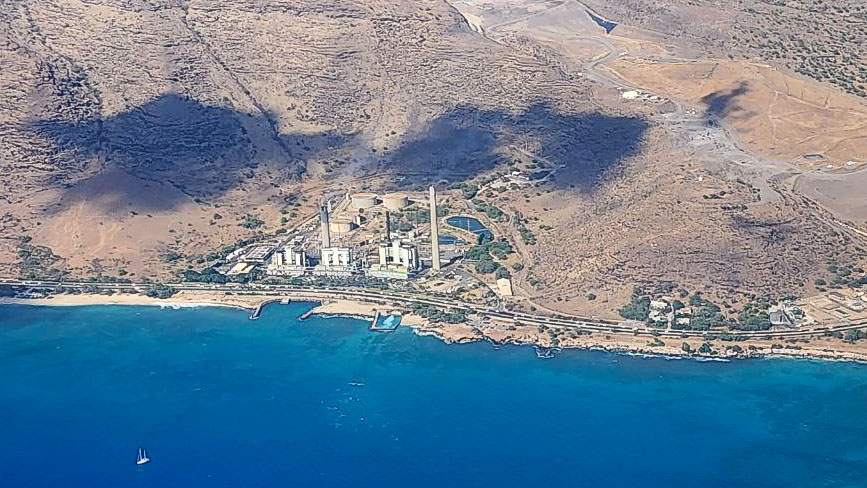

First incident took place earlier this week at Kona.
A visitor from Colorado was found dead of apparent drowning at Kona on the Big Island. Authorities have already identified the person as Jeffrey Jewers, who was visiting from Aurora. His body was found near Alii Drive.
The police said that Jewers, age 53, was on a rocky shoreline and struck by a large and perhaps rogue wave. After falling into the ocean, he was hit by waves repeatedly as he tried to climb out. Jewers was dragged up to a half-mile from shore. He was later found lifeless and pronounced dead at the hospital.
Second was a near-fatal drowning at China Walls, Oahu.
Yesterday, a New York visitor hit his head when he jumped from a rock ledge at China Walls on Oahu near Hawaii Kai. He was then swept out to sea in four to six-foot waves. Surfers saw the incident and paddled to the man. They were able to bring him to shore.
First responders provided life support, and he was transferred to the hospital. The man in his early 20’s is in critical condition.
And just two weeks earlier, an unidentified 21-year-old man drowned on Oahu’s north shore at Ke Iki Beach. Those nearby provided assistance before lifeguards could arrive and return the victim to shore. He was about 150 feet from shore at the time. He was transported to the hospital, where he later died.
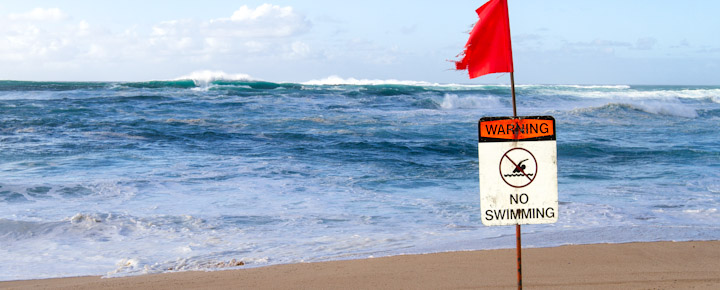

Hawaii visitors, please be careful in the ocean!
Here are some Hawaii Beach Safety Guidelines to follow to become more familiar with ocean conditions in Hawaii.
- Maintain a high level of awareness and show utmost respect for the ocean in Hawaii.
- Swim at Hawaii beaches patrolled by lifeguards. Rescue tubes are also available at many Hawaii beaches.
- Follow all posted warnings and respect any beach closures in effect.
- When in doubt, seek guidance and assistance from a lifeguard.
- Before entering the water, or climbing on nearby rocks, carefully observe the conditions, and only proceed if it is safe to do so. If you have any uncertainties, consult a lifeguard.
- Utilize the Hawaii Beach Safety website provided by the Hawaii Lifeguard Association for valuable information.
- Stay updated on Hawaii surf conditions and warnings, as conditions can change rapidly.
- Familiarize yourself with rip currents and understand what to do if you find yourself caught in one.
- Exercise extreme caution when navigating wet rocks, as waves can make you lose your balance. Also, be aware of the hazard of rocks submerged beneath the water’s surface.
Get Breaking Hawaii Travel News
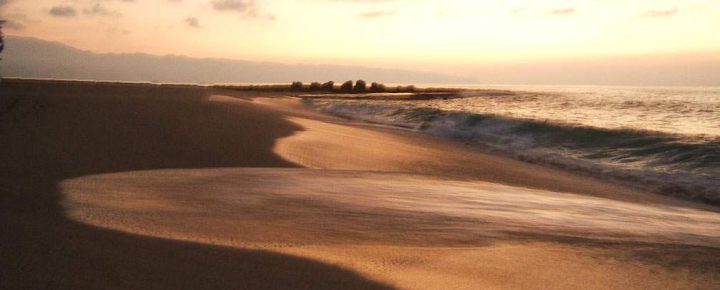


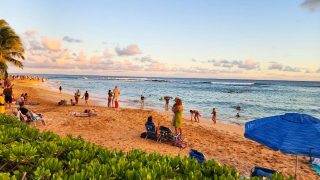
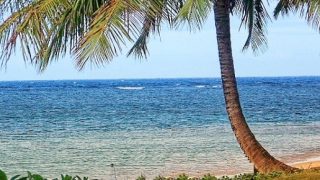

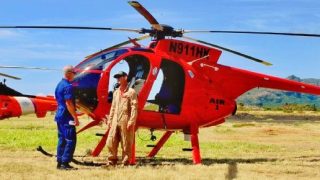
You have to make mention of the possibility of getting tagged by a jellyfish. Though usually not life threatening, a sting in certain situations could greatly raise the danger.
As a practicing Hawaii physician for decades, you should add an Ocean Safety Guideline #10 (which might deserve to be #1): “On-Shore Wave Breaks”. Most tourists have no idea that, depending upon the topography of some (not all) beaches in Hawaii: waves can break in shallow water. IF people are body-surfing, or riding waves with a short “buggie-board”, a wave can strongly slam their head on the bottom, causing a broken neck. Tourists are NOT being cautioned about this. I could literally write a book on the severe results of the many neck fractures due to “on-shore wave breaks” that I have personally cared for. Risky beaches for this include, but are not limited to: Sandy Beach, Oahu, Kaanapali Beach Maui, & Hamoa Beach Maui
We should consider replace that rediculous tourism survey on the backside of the ag declaration with a list of life threatening hazards that our islands host And a spot for all individuals in the party aboard the “airship” to sign-off on. At the very least, it would be gratifying to know that they were warned. Our islands are a Real place with Very Real hazards; it is not a theme park.
I appreciate all the info I receive here.
We love Maui, its our happy place!
I hope the government will show more appreciation for us in the future and stop the extra fees. Mahalo.
Thank You Beat of Hawaii for reporting on this callous disregard for tourist deaths.
Maybe start a “Hawaii Tourist Strong” fundraiser to hire more lifeguards?
How many more have to die before trained lifeguards are at every beach?
Even at the life guarded beaches, the LG’s come at 9am and leave at 5pm. As soon as LG’s leave, a lot of beachgoers start doing everything they were told not to do all day long. As a seal volunteer, I have seen real shenanigans, dangerous ones, before the LG’s arrive and after they leave. I would like to see 2 shifts covering dawn to dusk but doubting that will ever happen. The sun comes up a long time before they arrive and stays up well after they leave.
This person “unidentified 21-year-old man drowned on Oahu’s north shore at Ke Iki Beach” Was a student at HPU in his forth year,
My kid goes to that school as well, Was tough on a lot of kids,
very sad.
I live near Electric Beach and go there. It has tried to kill me more than once and one time it almost did. According to my watch, we got just over .33 miles offshore. Does not sound like a long distance, but with the current going out and then perpendicular to shore it is.
.33 miles is nearly 600 yards out. I’d say that’s a long ways out. (Maybe that is a typo?)
David….checked my watch/data. Got pulled out 592 yards (straight line from the shoreline to the point where we finally got turned around). The swim back in was fighting a current running perpendicular to the shoreline (north to south). Current waa pushing us towards the rocks just south of Electric Beach. Took 17 minutes to get back in. Yipes.
Justin,
You must be a very strong swimmer. 600 yards out would kill most of us.
One thing that should be mentioned is…if there’s no one else in the water don’t go! It might look fine but currents can be deadly.
Earlier this year, they were frequently running a public service message on Kauai public radio (KKCR) in which a guy would patiently explain that if the water was white (meaning regular waves), this is safe, but if the water green (meaning no break or wave) then this means rip tide and stay out. He then explained what to do if you do get caught in a rip tide. IDK if they are still running those ads.
Blocking access to Ke’e may have substantially decreased the Ke’e crowds (where this is a lifeguard), but now A lot (as in dozens of rental cars) park at Lumahai local most every day. It has an attractive looking beach and the local kids love to jump off the highway bridge into the river the flow out to the beach. But there is no life guard, and the currents are extremely strong. This happened a few years ago: cbsnews.com/news/abc-news-dr-jamie-zimmerman-dies-while-on-vacation/
Your picture is at the other end of the beach aka Lumahai tourist. I have not noticed as many cars parked there, or at least no increase since Ke’e was closed off. But, yes “Luma-die” is the nickname.
It’s no use trying to tell them what to do they won’t listen anyway we have signs all over and they don’t read them we try telling them and they ignore us saying we’ve been here before we’ll be fine